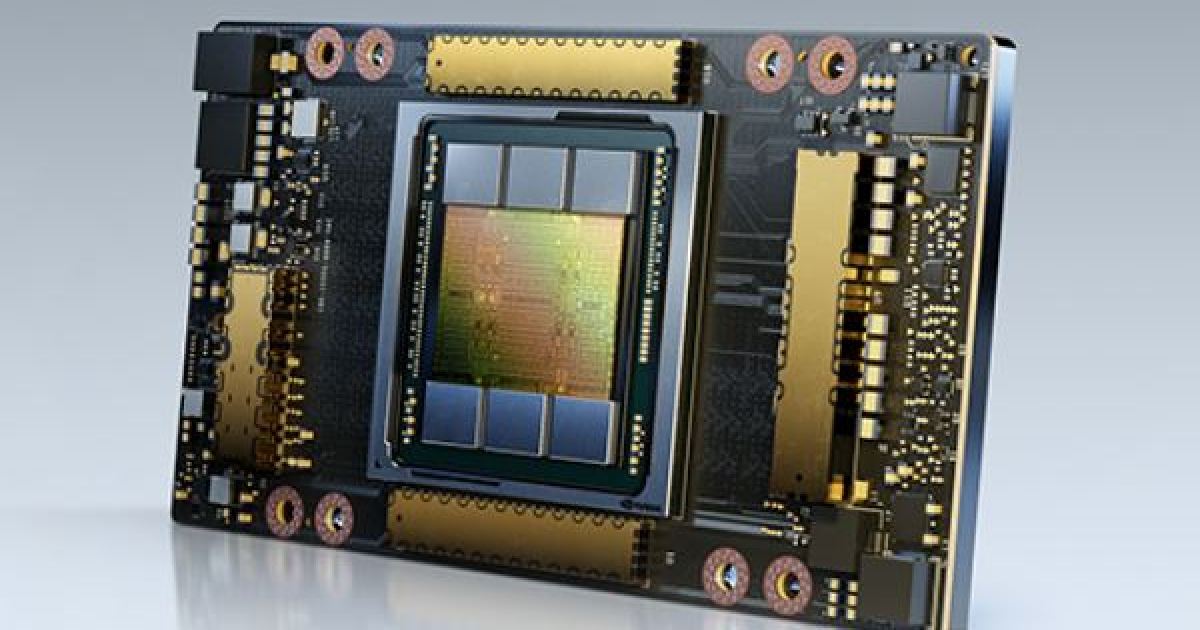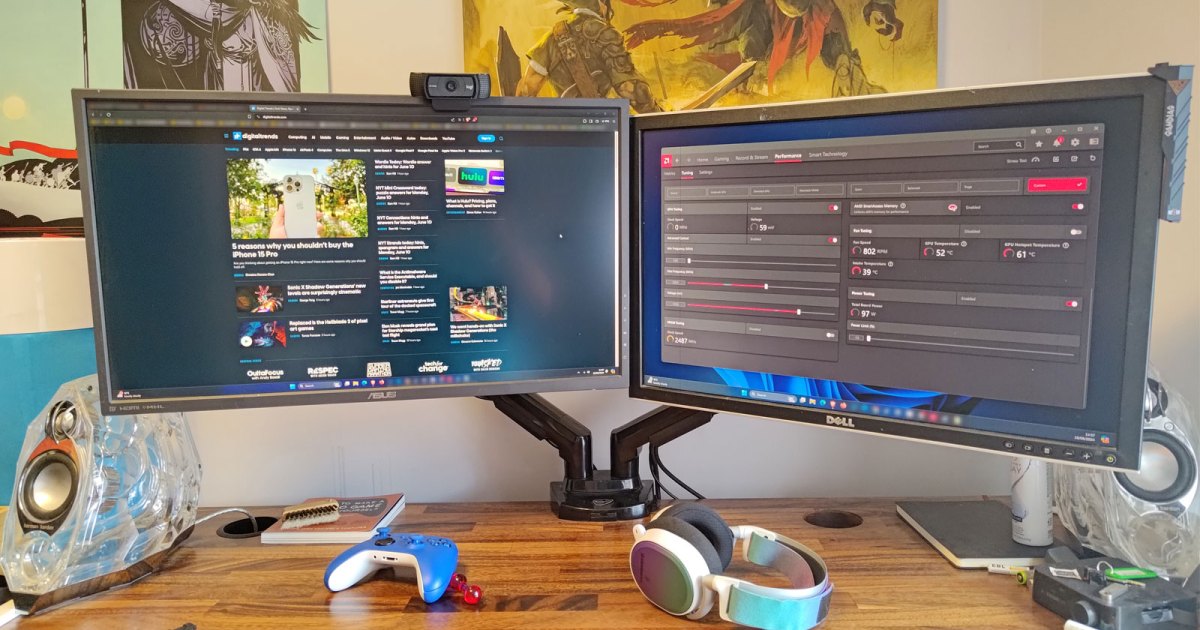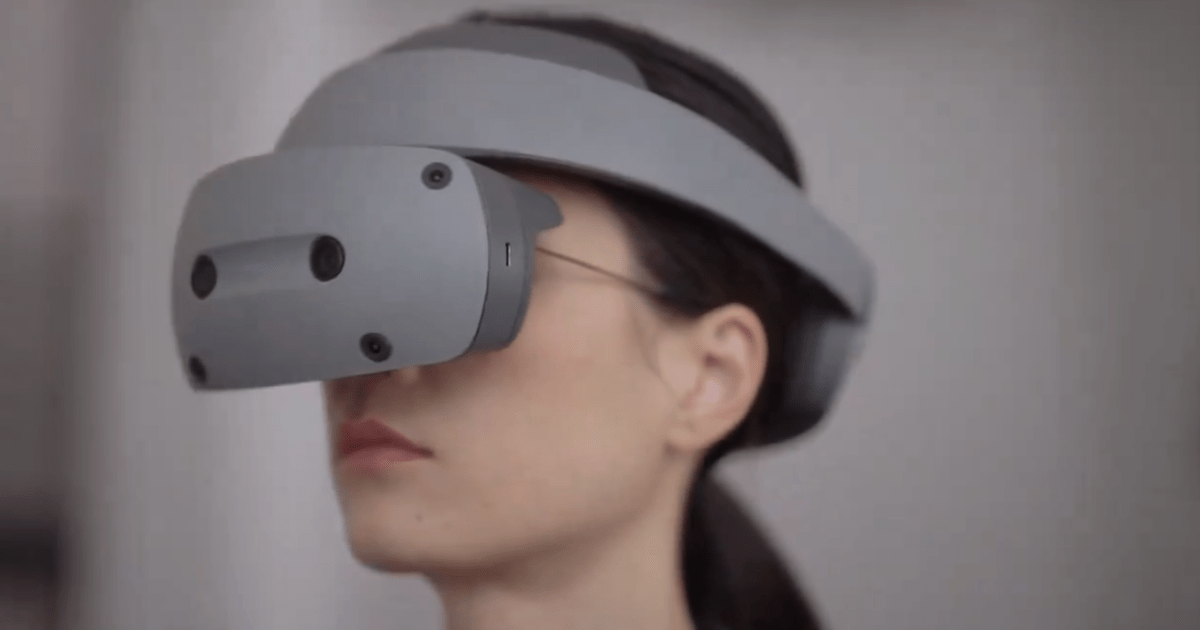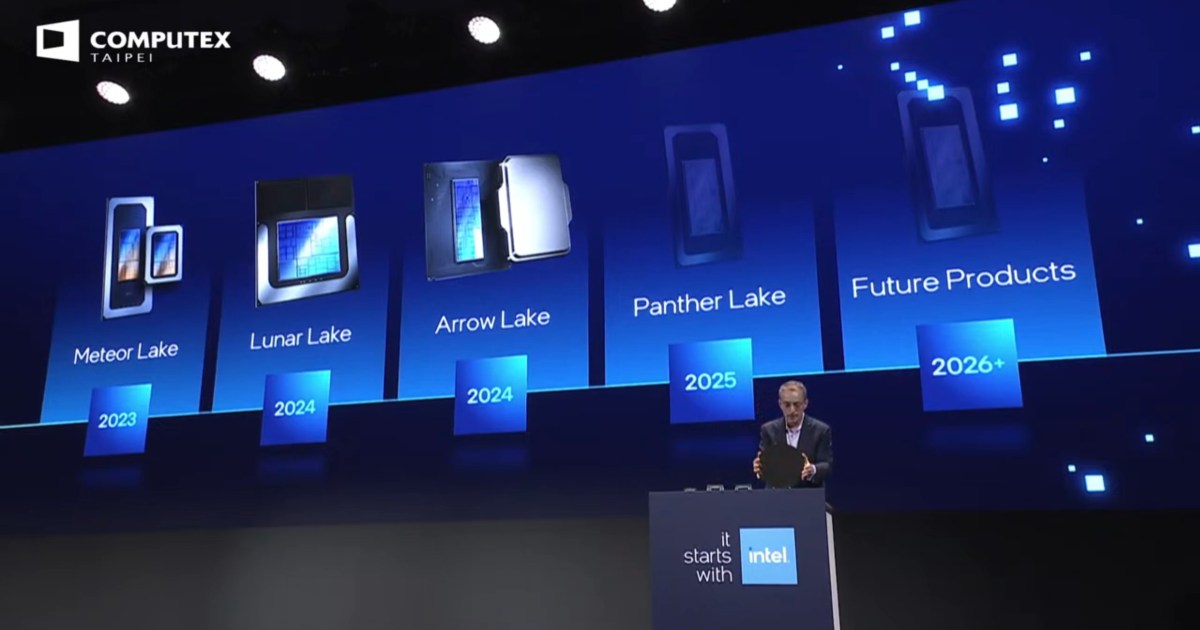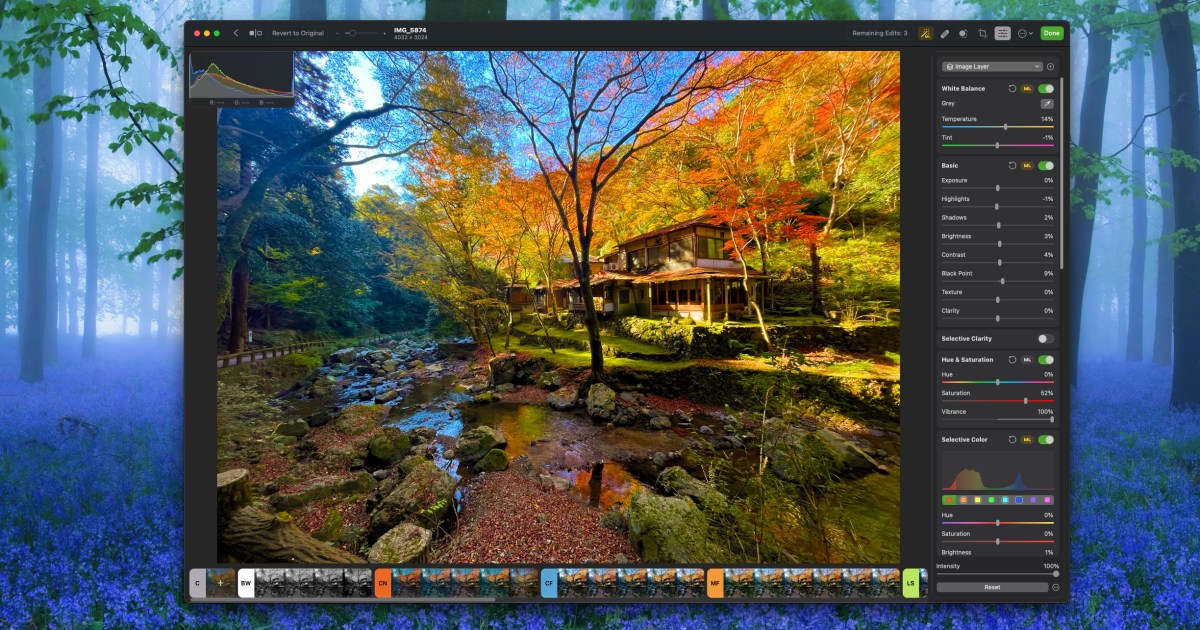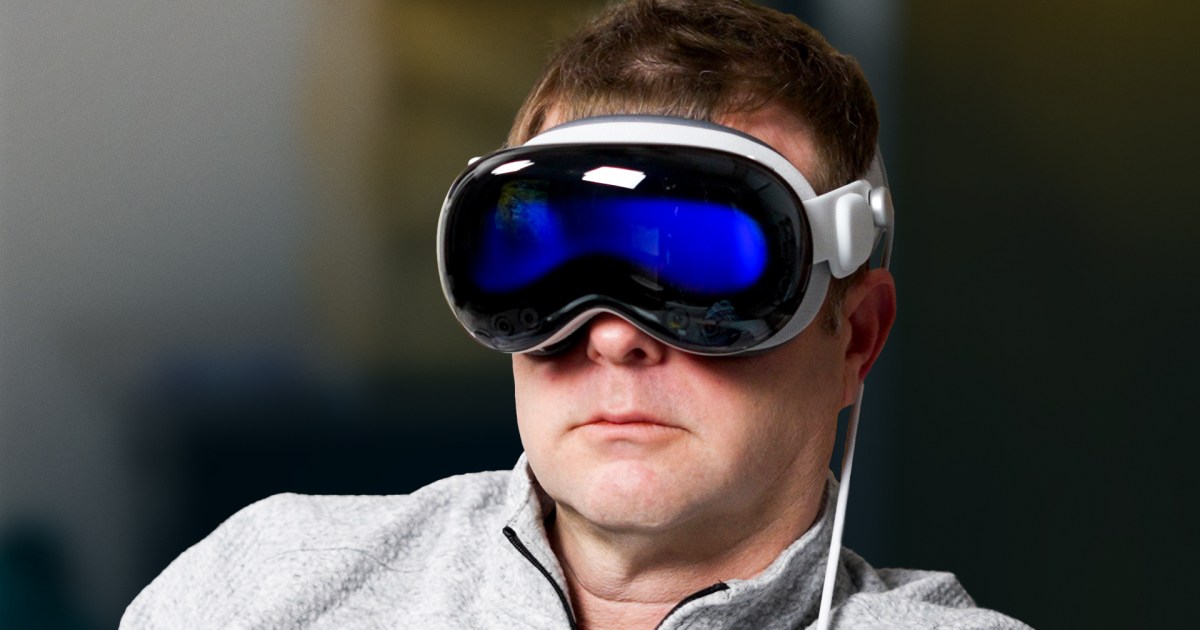A Ph.D. student’s persistence in exploring Google search results beyond the first page, combined with innovative lidar technology, has led to the astonishing discovery of a lost Mayan city hidden beneath the dense jungle canopy of southeastern Mexico.
Luke Auld-Thomas, a Ph.D. student at Tulane University, stumbled upon a lidar survey conducted by a Mexican organization while browsing Google search results, as reported by the BBC. This chance discovery on page 16 of the search results would prove to be a pivotal moment in archaeological history.
Lidar, a remote sensing technology, utilizes laser pulses to generate highly detailed 3D maps of surfaces. In this instance, the survey was carried out from an airplane, mapping objects on the ground below. Auld-Thomas processed this data using archaeological software, revealing the remnants of a vast ancient city, potentially home to as many as 50,000 people around 800 AD.
Further investigation by archaeologists on the ground confirmed the existence of pyramids, sports fields, interconnected districts via causeways, and even amphitheaters within the city, now named Valeriana after a nearby lagoon. Located in the state of Campeche, approximately 600 miles east of Mexico City, Valeriana sprawls across an area of 6.4 square miles.
Aerial imagery analysis reveals two major centers within Valeriana, densely populated with housing and linked by causeways. Nearly 6,800 buildings have been identified, along with two plazas featuring temple pyramids and a court likely used for ball games.
While the reason for Valeriana’s decline remains uncertain, climate change-induced drought is a possible contributing factor, potentially forcing residents to seek more fertile lands.
Lidar technology has revolutionized archaeological surveying, particularly in heavily vegetated areas. Traditional ground surveys were time-consuming and often yielded limited results. Lidar’s ability to penetrate dense foliage has significantly accelerated the pace of discovery in the field.
This groundbreaking discovery underscores the power of combining innovative technology with diligent research. While the abundance of newly discovered Mayan cities presents a challenge for comprehensive study, Auld-Thomas’s persistence highlights the potential for further discoveries waiting to be unearthed. His dedication to exploring beyond the first page of Google search results, coupled with the advanced capabilities of lidar technology, has unveiled a significant piece of Mayan history.




